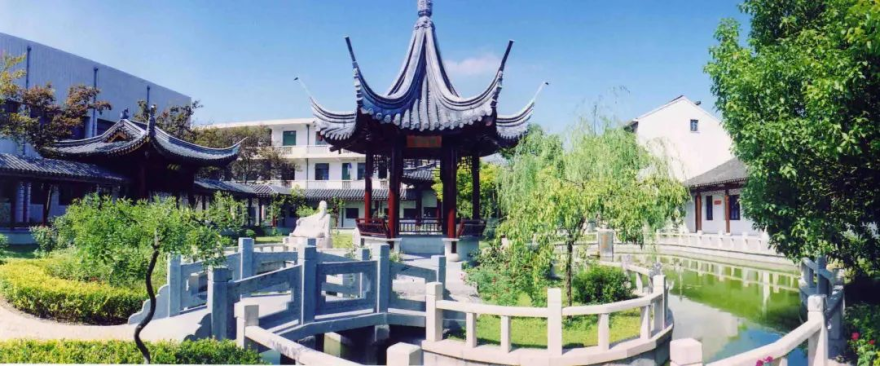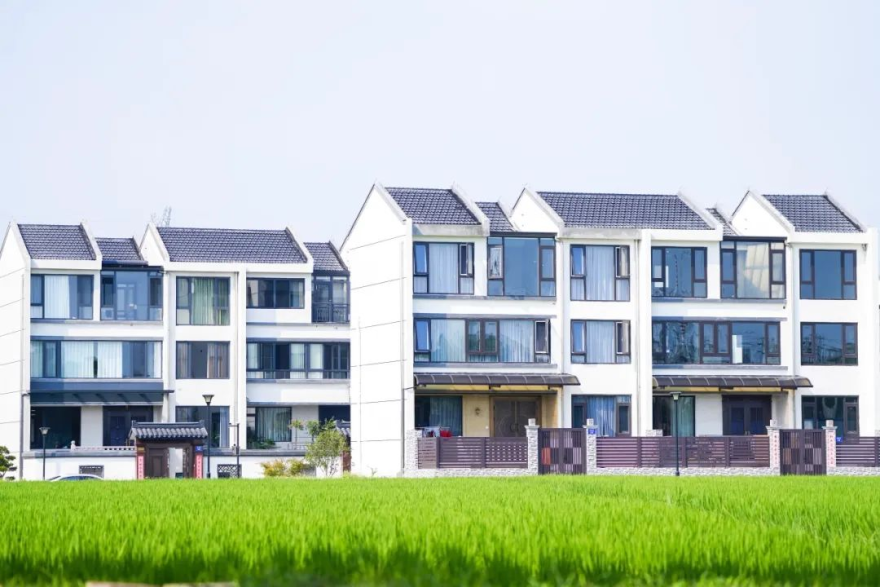With over 1,600 years of history, Luoshe Town, Wuxi City, Jiangsu Province stands as both a renowned historical and cultural town in the Jiangnan region—celebrated as the “Flower of Jiangnan Culture”—and as the “Pearl of the Grand Canal” with the ancient waterway flowing through its heart.

The Night Scenery of Luoshe's Grand Canal
Photo by Luo Xuan
Exploring Luoshe’s old streets, local elders often mention the “Six Alleys”: Dang Alley, Qiao Alley, Guanzai Alley, Shiren Alley, Taohua Alley, and Sixiang Alley, which served as the town's traditional commercial centers featuring distinctive Jiangnan alleyway architecture.

The Ancient Memorial Archway in Luoshe Middle School
Within Luoshe Middle School stands a two-meter-tall ancient stone archway bearing inscribed couplets about calligraphy master Wang Xizhi’s former residence here. Nowadays, the school has become a national experimental base for calligraphy education.
At Wanma Village, Luoshe Town, the Baidang Wetland offers breathtaking views of serene lakes, verdant mountains, and fertile fields. Known as the “Back Garden Village” of Wuxi, Wanma attracts about 500,000 tourists annually for immersive nature experiences.

Three-story “Villas”
Wanma Village showcases rural revitalization through modern three-story villas equipped with elevators and home theaters, showcasing the area’s blend of tradition and modernity. Villager Gu Jie, who once moved to the city, has returned with his family to their newly renovated countryside home.
Beyond Wanma Village, Luoshe Town has implemented comprehensive urban-rural integration to create livable communities, constructing pocket parks and landscape features near residential communities, natural villages, and along major thoroughfares.

The Scenery of Luoshe
Wandering along the banks of the Grand Canal, visitors to the open Jiangnan Grand Canal Cultural Park can feel the dynamic interplay between Luoshe’s historical culture and technological innovation. This new landmark, transformed from former industrial buildings with the theme of “The Source of the Grand Canal,” is emerging as a contemporary urban gathering space where past and present converge.
Copyright ©1997- by CRI Online All rights reserved